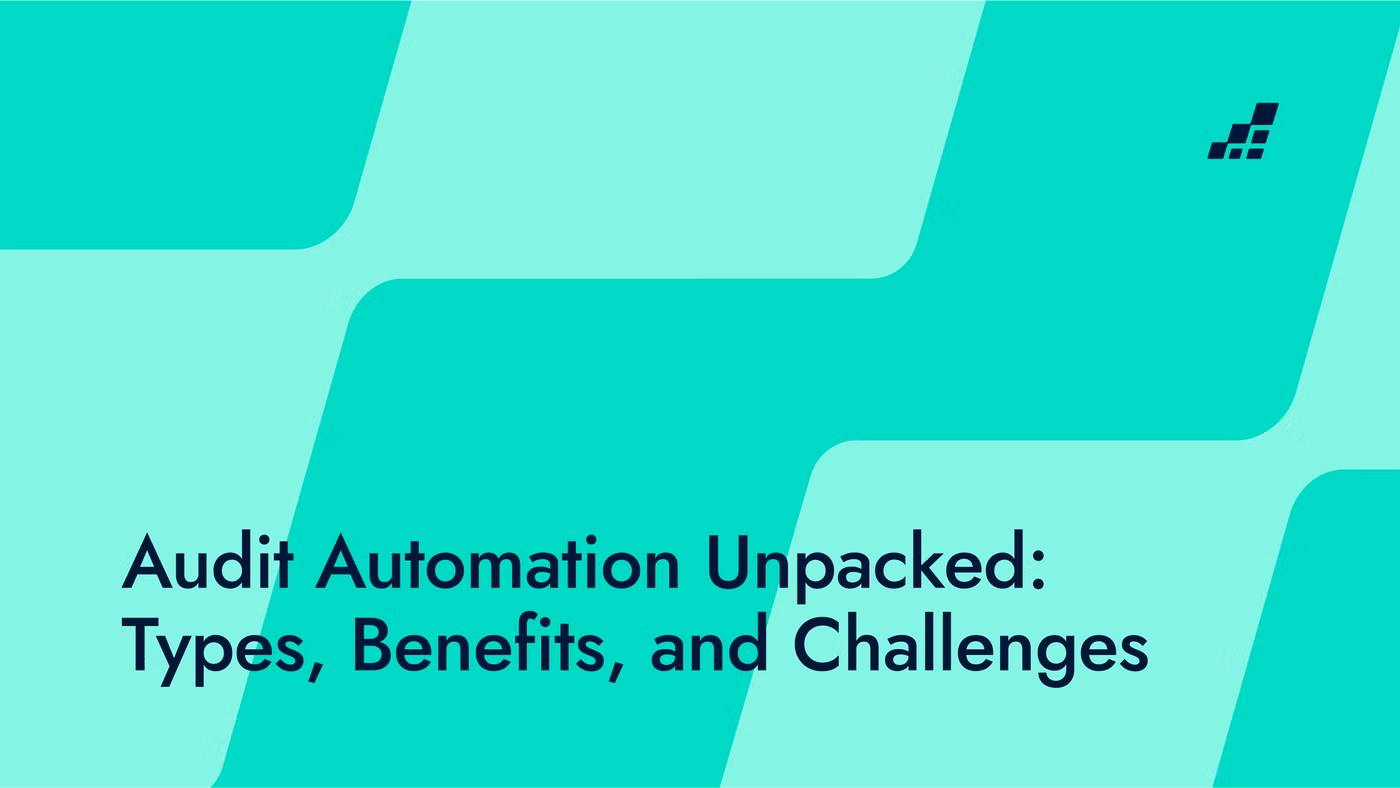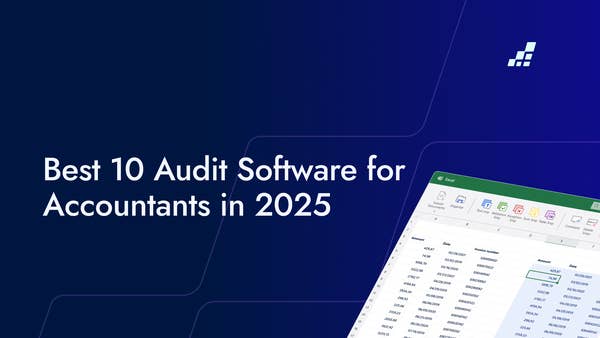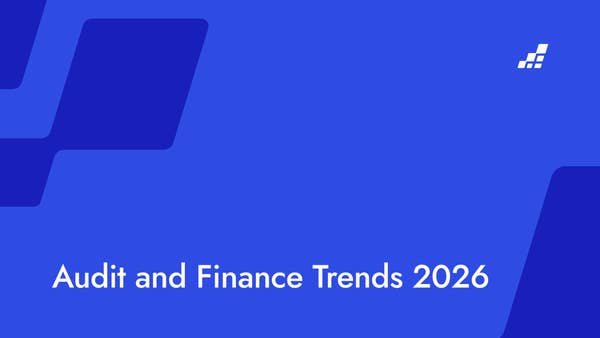- /
- Blog
Audit Automation Unpacked: Types, Benefits, and Challenges

Imagine an audit without the mountains of paperwork, repetitive manual tasks, and constant back-and-forth emails. Sounds like a dream, right? Enter audit automation—an innovative approach transforming how audits are executed.
In this blog, we’ll break down the fundamentals of audit automation, explore the key types of tools, and examine both the benefits and challenges it brings to the table.
Whether you're an audit professional, a finance leader, or simply curious about how technology is reshaping industries, this guide will help you understand why automation is no longer a luxury—it’s a necessity.
What is Audit Automation
Audit automation is all about making audits smarter, faster, and a whole lot simpler by using technology. Instead of going through piles of paperwork or endless spreadsheets, automation tools handle repetitive tasks like data entry, reconciling financial records, and analyzing transactions. This allows auditors to focus on high-value activities like risk assessment and strategy.
7 Audit Automation Types
Audit automation offers a range of tools tailored to specific needs, from data analysis to enhancing collaboration. Let’s explore 7 key types of tools and how they address unique challenges in the audit process.
- Predictive Analysis: Predictive analysis tools examine entire financial datasets, both historical and real-time data, to identify trends, assess risks, and forecast potential audit issues before they occur.
- Robotic process automation (RPA): RPA automates repetitive, rules-based tasks, such as reconciling accounts or extracting data from invoices.
- Report generation: Report generation tools automatically transform complex datasets into clear, concise audit reports. They streamline the creation of summaries, findings, and insights, ensuring consistency and professionalism.
- Audit management tools: These tools streamline the planning and execution of audits by centralizing workflows, timelines, and task assignments. They ensure better collaboration and keep audits on track while reducing administrative overhead.
- Cloud-based tools: Cloud-based solutions revolutionize audit collaboration by providing a centralized platform accessible from anytime, anywhere. They enable real-time updates, seamless data sharing, and enhanced security, ensuring efficient teamwork across geographic and time-zone barriers.
- Document management: Document management solutions organize and automate the storage, retrieval, and sharing of audit documents. They not only ensure compliance and reduce the risk of misplaced files but also handle version control seamlessly.
- Prepared By Client (PBC) portal: PBC portals streamline the process of requesting and receiving documentation from clients. It centralizes communication, organizes document submissions, and tracks the status of requests in real time. By eliminating back-and-forth emails and delays, these portals improve collaboration and ensure a smoother, more efficient audit process.
AI: The Game-Changer in Audit Automation
Many of these technologies like predictive analysis, anomaly detection, and pattern recognition rely on Machine Learning (ML).
Tasks involving text analysis and data extraction use Natural Language Processing (NLP).
Tools generating polished audit reports utilize Natural Language Generation (NLG).
Benefits of Audit Automation
The benefits of audit automation extend across the audit process. Let’s break down its key advantages.
- Efficiency: Audit automation eliminates manual, repetitive tasks, significantly speeding up processes like data extraction, reconciliation, and report generation. This allows auditors to focus their time and energy on strategic and value-added activities, improving overall productivity.
- Cost-Effectiveness: Automation cuts down on manual, labor-intensive processes and it allows organizations to achieve faster, more cost-effective audit results without compromising quality.
- Accuracy: By reducing human involvement in error-prone tasks, audit automation ensures greater precision in data handling, analysis, and reporting. This minimizes the risk of inaccuracies and strengthens the reliability of audit outcomes.
- Consistency: Automated systems follow standardized rules and procedures, ensuring consistent application of audit criteria across tasks and reports. This uniformity improves the quality and dependability of audit results.
- Real-time collaboration: Audit automation enhances collaboration by providing tools that allow stakeholders to access real-time data, updates, and reports from a centralized platform. This transparency ensures that auditors, clients, and other parties stay aligned throughout the audit process, fostering better communication and quicker decision-making.
- Traceable audit trail: Automated tools maintain a detailed and traceable log of all actions and changes, creating a transparent audit trail. This not only ensures compliance but also simplifies the process of addressing queries or conducting reviews.
- Risk management: Audit automation tools proactively identify anomalies, inconsistencies, or potential compliance risks, often in real time. By flagging these issues early, organizations can mitigate risks before they escalate.
- Security and Data Protection: With robust encryption, access controls, and cloud-based systems, audit automation ensures secure handling of sensitive financial and operational data. These measures reduce the risk of data breaches and protect client confidentiality.
- Unlocking Hidden Insights: Automation tools analyze large datasets to uncover patterns, trends, and anomalies that might not be evident through manual methods. These insights provide auditors with valuable information for deeper analysis and informed decision-making.
Challenges in Audit Automation
While audit automation offers significant benefits, it also comes with hurdles. Tackling these is essential to fully leverage its advantages.
- Integration Challenges Across Systems: Ensuring that audit automation tools integrate seamlessly with existing systems can be complex. A thorough systems audit and selecting tools with robust integration capabilities can help resolve these challenges.
- DataSnipper works as an Excel add-in, making implementation simple and intuitive.
- Training users: Implementing automation tools requires time, effort, and resources to set up workflows and train staff effectively. Without proper onboarding, employees may struggle to use the tools efficiently, reducing their potential benefits. A proactive customer support team can provide tailored training and hands-on assistance to ensure a seamless transition.
- Adapting to Evolving Needs: Maintaining automated tools involves regular updates, troubleshooting, and ensuring scalability as the organization’s needs evolve. Choosing a flexible solution that can adapt to changing requirements helps future-proof the automation process.
Conclusion
Audit automation is more than a tech upgrade—it’s a necessity for modern audits. By streamlining processes, enhancing accuracy, and uncovering insights, it empowers teams to focus on strategic work.
While it does come with challenges like integration and training users, the right tools and strategies can turn those into opportunities.
The future of auditing is here, and it’s automated.
Want to know more about the future of audit?
Download eBook—The Future of Audit is Intelligent Automation.
Discover how intelligent automation is shaking up the audit profession and why many consider it the absolute future.


